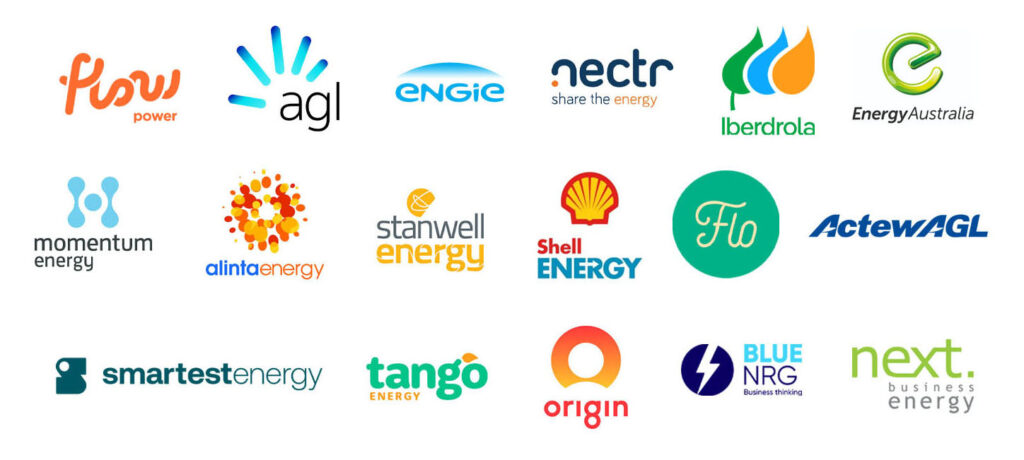Replacing retiring coal plants, investment in transmission infrastructure for renewable energy and the growth of new electric technology were three key challenges identified by Australian Energy Market Operator CEO Daniel Westerman in a speech at the AFR’s Energy and Climate Summit 2023.
He also stressed the need to address the rapidly evolving energy landscape and offered a roadmap to tackle the significant challenges ahead.
Mr Westerman highlighted that the event coincided with the 25 years since the inception of the National Electricity Market (NEM).
The Birth of the National Energy Market
On December 13, 1998, Australia made a monumental stride toward a unified energy market, as the states of NSW, ACT, Victoria, and South Australia began to operate as one interconnected, collective energy market, transcending state boundaries.
Queensland joined the NEM in 1999, and Tasmania followed suit in 2005.
The NEM’s inception was the culmination of nearly a decade of planning and a commitment to transition from a sheltered, state-run energy system to a competitive, market-driven one.
At the heart of the 1990s reforms was the ambition to maximise the efficiency of existing infrastructure.
Over its initial decade of operation, the NEM succeeded in delivering cost-effective energy to consumers, with wholesale energy prices in the range of $40 to $60 per megawatt-hour, adjusted for inflation.
NEM at a crossroads
However, as Westerman emphasised, the NEM is at a crossroads and needs to implement changes if it is to be fit for purpose. The NEM was designed for the existing energy landscape at the time, but the landscape itself has fundamentally shifted.
Traditionally, electricity flowed in a one-way path from generators to consumers through transmission, distribution, and retail channels.
Today, it’s evolving into a two-way exchange of power, involving smart homes with energy management, generation, and storage systems, and a broader range of industry players contributing to the power grid.
And in the future, we could see that flow of power change again into an omnidirectional system of transmission.
Replacing coal – 62 percent of the nation’s generation capacity
Mr Westerman stressed that the historic reliance on coal-fired generation is declining, with many ageing coal and gas-fired generators expected to retire by 2033.
His models indicate that approximately two-thirds of existing coal generation could be phased out in the same timeframe.
Given that coal currently constitutes 62% of the fuel mix, there’s an urgent need for replacement generation.
This poses the first major challenge to the NEM – replacing coal generation that exits the market.
More transmission infrastructure for renewable energy
The second challenge revolves around renewables and facilitating the entry of renewable power into the grid as coal retires.
Renewables are the most cost-effective alternative to retiring coal power stations and are predominantly built in regions abundant in wind, solar, and hydro resources, often on the grid’s outer fringes.
Mr Westerman emphasised the necessity of building new transmission lines to these remote areas to optimise the flow of clean, low-cost power into the grid.
Growing the use of emerging electric technology
The third challenge is to ensure the continued growth of rooftop solar, home batteries, electric vehicles, and other home energy management systems known collectively as Consumer Energy Resources.
Mr Westerman expressed the need to foster this growth while ensuring it aligns with the broader interests of all Australians.
He underscored that the demand for electricity is on the rise, driven by population growth and the shift toward electrification in various sectors, such as transportation.
He emphasised that renewable solar and wind generation offer the most cost-effective solution to replace retiring coal power stations, as confirmed by the GenCost report in conjunction with the CSIRO, the International Energy Agency, and real-time data.
He also highlighted AEMO’s Integrated System Plan, developed in collaboration with the industry, which advocates for replacing retiring coal-fired power stations with renewable energy, storage solutions, flexible gas generation, and new transmission infrastructure. He emphasised the urgent need for sustained investment in this transition.
Transforming proposals into concrete energy generation projects
Australia has a significant pipeline of proposed generation projects in the NEM, totalling around 250GW.
However, the challenge lies in transforming these projects from theoretical concepts into tangible assets that supply electricity to homes and businesses.
Mr Westerman acknowledged the difficulties in securing revenue certainty for these projects and called for the industry to explore schemes like Long-Term Energy Service Agreements (LTESAs), the capacity investment scheme, and renewable energy targets to enhance revenue confidence.
The rising costs associated with energy transition were a topic of concern for Westerman.
He noted that Australia competes globally for materials and labour, which impacts costs.
Additionally, the complexity of planning approvals can lead to delays and increased expenses.
To address these issues, he stressed the importance of collaboration, leveraging international relationships, and actively sharing lessons learned from global energy transitions.
Addressing transmission issues
The existing transmission network was originally designed to transport electricity from centrally located coal-fired generators.
With renewable energy sources situated in geographically dispersed areas, around 10,000km of new transmission infrastructure is needed to connect these regions to demand centres and alleviate congestion on existing lines.
Westerman acknowledged that building new transmission lines requires government and community support.
He emphasised that AEMO is working to provide clarity to communities affected by these projects and assured them that the proposed routes would be significantly narrowed to mitigate the impact on their lives and livelihoods.
He acknowledged that building trust takes time but emphasised the necessity of building a social licence for these projects through community involvement.
He praised government initiatives like the Rewiring the Nation policy and the Capacity Investment Scheme, which provide financing and incentives for transmission projects. Mr Westerman urged investors to expedite their projects and work closely with communities to align their interests and goals.
Emerging Technologies – Consumer Energy Resources
The third challenge, as Westerman outlined, centres around Consumer Energy Resources, driven by Australia’s love for rooftop solar.
He noted the increasing adoption of solar systems, electric vehicles, battery storage, and other home energy management solutions.
Mr Westerman highlighted the potential of these resources to create a cost-effective and efficient energy system, reducing the overall cost of the energy transition.
Mr Westerman expressed his hopes for the growth of virtual power plants and emphasised the importance of actively managing Consumer Energy Resources to benefit all consumers.
He highlighted the lessons learned from incidents when solar rooftop systems contributed to grid instability and stressed the need for an emergency solar curtailment mechanism and appropriate standards and compliance for these systems.
In closing, Daniel Westerman emphasised that the evolving energy landscape necessitates new infrastructure to meet the challenges ahead.
He underscored the shared principles that have guided Australia’s energy journey, aiming for a safe, reliable, and affordable energy supply.
He concluded by calling for collective action to create an energy system fit for Australia’s net-zero future, one that the next generation can look back on with pride.
Undoubtedly, the country’s transition to renewable energy presents some significant challenges. However, we believe that the outcome will be worth the effort. And there’s no time like now to get your business on the path to Net-Zero compliance. Contact our energy management consultants at 1300 852 770 or send an email to admin@leadingedgeenergy.com.au to learn about your options.
To get obligation-free electricity or natural gas tenders for your business, fill in this form and receive retailer offers that match your commercial or industrial energy requirements.
We source, analyse, compare and rank commercial, industrial and multisite energy quotes. Obligation Free.
Chat with one of our experienced consultants today and get the insights your business needs to help manage the risks associated with volatile electricity and natural gas markets. Our energy procurement service is obligation-free and provides a time-saving way of securing lower energy rates from our panel of fifteen energy retailers.







